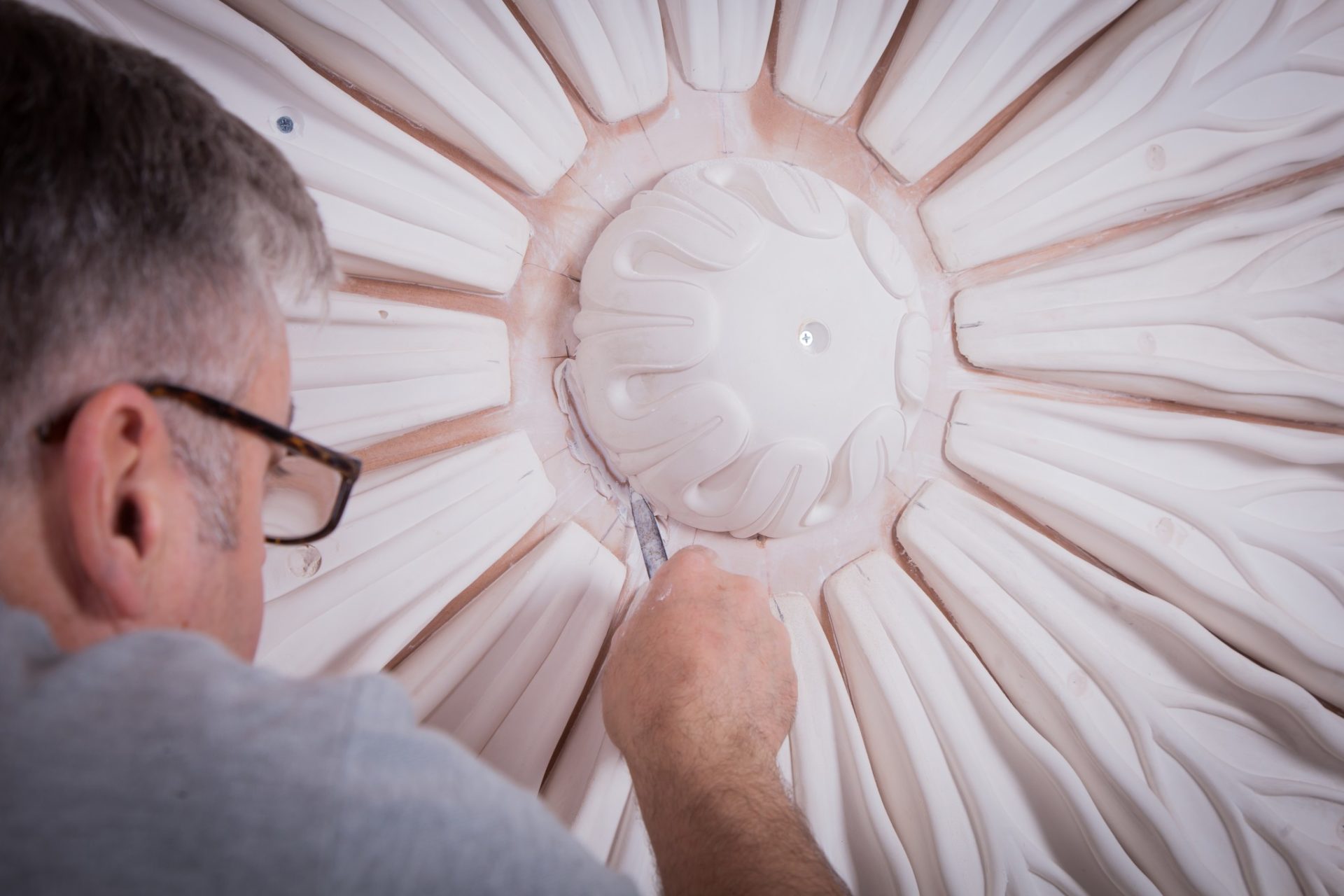Following the collapse of the suspended fibrous ceiling at the Apollo theatre on 19 December 2013 where over 80 people were injured, many theatre operators and owners of historical buildings are turning to the finishes sector to check and repair their ceilings. But there are dangers lurking in dark corners and confined spaces that anyone considering taking on this work should be aware of. FIS technical manager Joe Cilia outlines these, along with some stark warnings.
The Apollo ceiling collapse was caused by a failure of the hessian and plaster wadding ties that held the ceiling in place. This high-profile failure has led to each theatre being inspected by experienced specialists who climb into the spaces above the ceiling to inspect and report on their condition. Doing so allows the local authority to provide a licence for the theatre to operate. These reports sometimes highlight the need for planned or emergency repairs to take place to ensure the safety of theatre goers or visitors to historic buildings; and in the same way that you wouldn’t expect a non-expert to advise a surgeon on the best way to treat a patient, this survey work and repair should only be carried out by someone who can demonstrate their competency in this specialist field.
Ray Deeks of G. Cook and Sons Ltd, and a member of the FIS Heritage Plastering Forum, said: “It is essential that people carrying out inspections of ceilings produced over a hundred years ago are fully aware of the materials used and how they were constructed, and it is important that any repairs are done in the right way. At present, we only use our staff who have had many years’ experience of this type of work. However, with the development of a Trailblazer Apprenticeship of level 3 heritage plastering, it is hoped that more people will be trained to carry out this important work.”
Saint-Gobain has a specialist division dedicated to the sector, Saint-Gobain Formula. The division says its work is currently focused on supporting the fibrous heritage industry to overcome these challenges and that it’s keen to do more to support this highly skilled and added-value industry. This will be the focus of the Decorative Plasterwork Forum in June, outlined to the right.
Any repair to a historic building should be carried out using traditional techniques and materials. For example, English Heritage would never allow plasterboard to be used to repair a lath and plaster wall. However, it is not only important that the correct material is used, but also that the traditional methods are employed by operatives. To ensure that this specialist knowledge isn’t lost, FIS is working closely with the Department for Business, Innovation & Skills and the Trailblazer group in developing a new, fit for purpose apprenticeship standard. This will equip young entrants to the trade with the basic skills that can then be extended with the right experience, enabling them to ensure the magnificent interiors of many grand buildings can be maintained for the future. Work on the new apprenticeship is underway with the aim of having it ready for delivery in January 2017.
It’s not just historical buildings that display traditional plasterwork. Architects often consider how the features created in plaster over the years can be transferred to new buildings. Andy Kemp, director of specialist contractor Design & Visual Concepts, said: “We are constantly striving to do things more efficiently and believe the traditional plaster techniques can also be applied to new buildings. For this reason, we have evolved our plaster techniques and use CNC technology to produce moulds to provide 100 per cent accuracy of the design. Our installation methodologies have also evolved to encompass modern techniques and provide a heritage feel to new build projects.”
Coming back to the topic of historical buildings, FIS often receives enquiries about how cracks in historic plasterwork can be filled or damp patches repaired. The answer is always not to, at least until the cause of the damp or cracking is fully investigated and understood. The damp will always percolate through and if the cause of the cracking isn’t dealt with, the consequences of a full or partial collapse may come back to haunt whoever thought they could paper over the cracks. This is definitely a job for a specialist, experienced contractor.
Joe Cilia
joecilia@thefis.org


